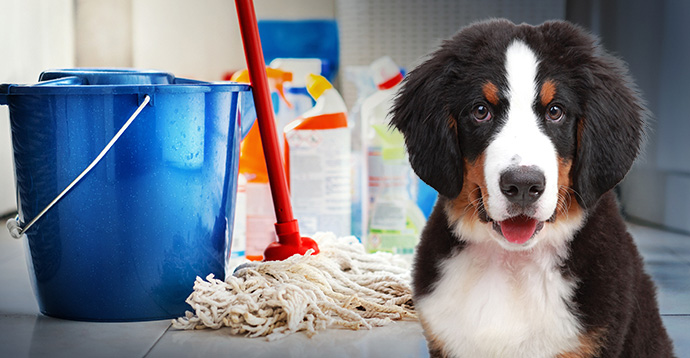
Animal shelters are some of the most high-volume animal care facilities out there, and that means they can be breeding grounds for animal-borne pathogens. It’s all too common for parvo, kennel cough, or even more contagious diseases to rip through a dog shelter, for example, making it even more important to keep an animal shelter clean.
This is, of course, easier said than done. Knowing that you need to clean an animal shelter isn’t the same thing as knowing the best way to do it. That’s why we’ve developed some sample cleaning protocols for animal shelters to help you adapt and design your own. Here’s what you need to know.
What Needs to Be Cleaned
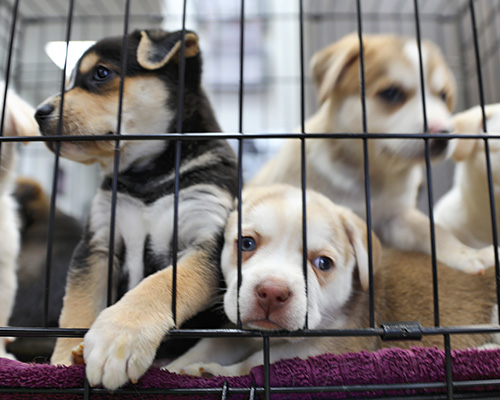
It might be tempting to think you just need to keep your kennels and communal habitats clean, but the truth is that your entire animal shelter needs to be kept as clean as possible. This includes not just high contact surfaces and areas that many animals will come in contact with but also high-risk ones, such as those that will come into contact with juvenile animals or those who have yet to be protected by vaccinations. Low-risk and low-contact areas will still need to be cleaned regularly, of course, but the attention needs to be on these higher risk areas first.
Cleaning Order – Who Gets Cleaned First
Begin with the healthiest animals in your shelter first, as this limits the possibility of community spread. Then, continue to intake or stray holding areas, and finish with quarantine or isolation areas. It’s also a good idea to prioritize cleaning spaces where young or juvenile animals are kept. This adds up to more work, but it’s the best way to keep the animals in your care as healthy as possible.
Cleaning Products to Be Used
There are a number of animal shelter cleaning products that can be used to keep your facility clean and disinfected. These include:

Soap/detergent
A non-corrosive, animal-safe soap or other cleansing agent will remove organic waste and physically clean your animal shelter.
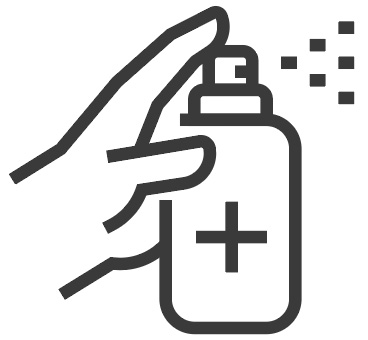
Disinfectant
Clean and disinfected are two different things. Veterinary disinfectants are specially formulated to kill the kinds of pathogens encountered in animal care facilities and do so without posing toxicity risks to animals.
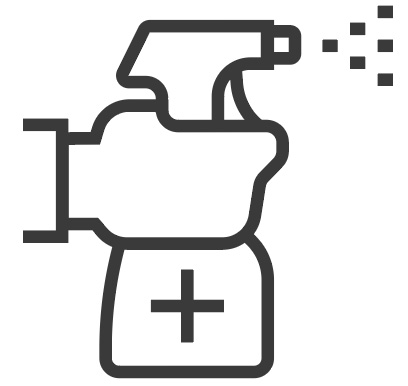
Degreaser
For especially stubborn stains and messes, a degreaser is often the last, best option left to you.
Sample Cleaning Protocol
Here’s a sample cleaning protocol that you can begin with and adapt for the needs of your own animal shelter. Remember: work from areas with the healthiest animals to those that are less healthy and ensure that high risk and high activity areas also receive priority.

Mechanically Remove
First, mechanically remove anything that needs to be taken from the space. This can include soiled bedding, animal waste, or even things such as toys and food and water bowls.
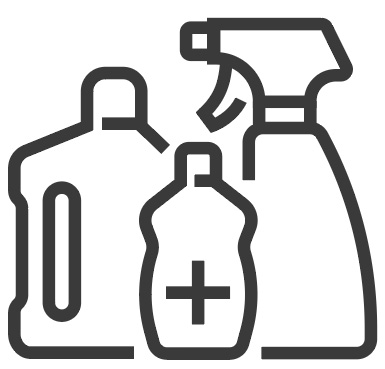
Clean Using A Detergent
Clean all surfaces in the area with a pet-safe detergent designed for animal shelter cleaning. Also, clean loose objects that belong in the space that you might have removed, such as food bowls and toys.
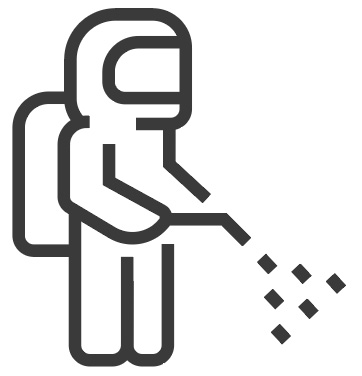
Disinfect
Using a veterinary-grade disinfectant, treat the entire area according to the directions on your packaging. Disinfect any items returning to the area; once the area has dried you can repopulate it with animals and any accessories. Place new, clean bedding, for example, in place of old or soiled ones.
For more education information contact Tom Bissanti: Tom@AlphaTechPet.com or visit our pet industry education website.